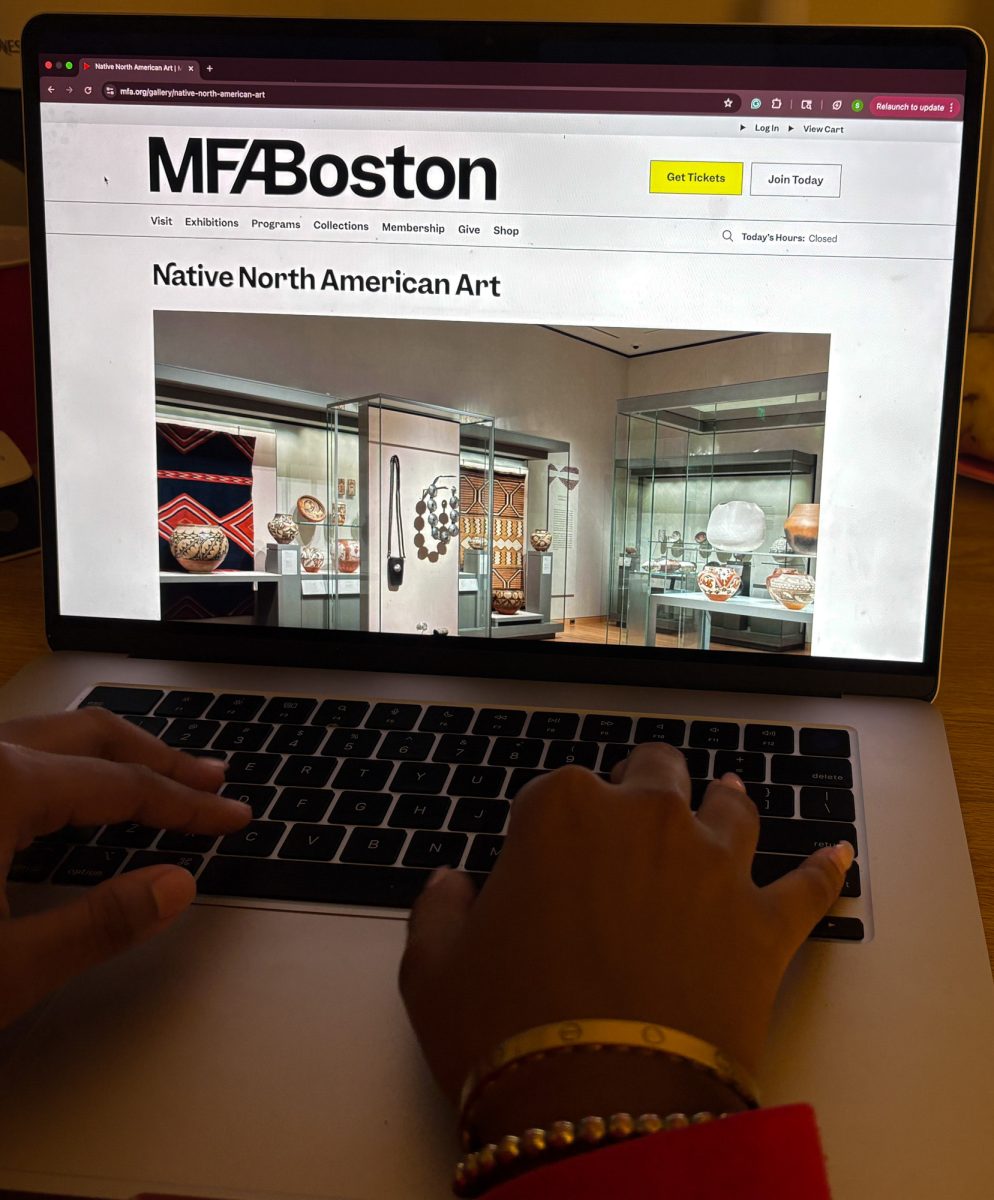Surveillance cameras have dramatically enhanced security and helped crime investigation in T stations and buses and will soon have a trial run on Green Line trains, Massachusetts Bay Transportation Authority officials said.
Cameras have helped identify more than 230 instances of criminal activity or incidents, Transit Police Deputy Chief Lewis Best said.
MBTA spokesman Joe Pesaturo said in an email that the MBTA has more than 1,000 surveillance cameras in the subway system and on buses.
‘The mere presence of cameras is a deterrent to anyone who is even contemplating a criminal act,’ he said. ‘Cameras also allow MBTA personnel and Transit Police to monitor the subway stations and tunnels 24 hours a day.’
Currently, more than 300 MBTA buses are equipped with eight cameras each, Best said. More than 700 cameras are also installed in subway stations on the Red Line and Orange Line for security and operational needs.
‘The camera system is one effective layer of security in our overall mission to safeguard the transit system,’ Best said. ‘It’s a great investigative tool for the Transit Police, and also helps us as a preventive measure.’
A bus surveillance camera captured a head-on collision between the bus and a car that drifted across the median line in Holbrook Wednesday. The video was posted on the MBTA’s website Thursday.
Station and bus cameras have also helped identify suspects for crimes committed in the system. Last Wednesday, police arrested five suspects allegedly involved in a fight last month on the 28 bus from Mattapan Station to Ruggles Station, according to an Oct. 14 Metro article.
The test cameras on Green Line trains, announced Saturday, are part of an MBTA safety initiative funded by the U.S. Department of Homeland Security, Best said.
‘It’s part of the MBTA Pilot Program, a test for us to see if this technology works,’ he said. ‘It also goes along with our ‘See Something, Say Something’ campaign, asking the riders to report criminal activities.’
Pesaturo said vigilant staff and police, new technologies and upgraded security facility will ensure security in T stations in case of emergencies.
‘ ‘The T is constantly developing new methods and procedures designed to enhance safety and security,’ he said. ‘MBTA personnel and Transit Police have trained with local police and rescue personnel to be prepared with an appropriate response for any type of emergency.’
Simmons College junior Cara Shiraka, who rides the T daily, said she doesn’t believe the T can handle emergencies well.
‘I fainted on the T once, and there were no personnel to help me,’ she said. ‘There are so many cars and you never know what’s going on.’
She said installing cameras may increase security on the T.
‘It’s probably a positive thing if they can keep an eye on the trains,’ she said.
Many Boston University students said although they are not conscious of the security system in the T, they try to stay cautious while riding.
College of Fine Arts junior Jaki Doyka said she feels secure on the T.
‘The T stops running at 12:30 [p.m.], which is a big inconvenience, but I think it also eliminates after-hour criminal activities,’ she said.
College of Communication junior Melanie Prescott, a Los Angeles native, said the T is more accessible than the subway in LA and she feels safe on the T during the day.
‘ ‘I’m always a little paranoid and aware of my surroundings, but I feel fine taking the T during the day,’ she said. ‘I don’t enjoy taking the T at night, but I take it when I have to.’


















































































































